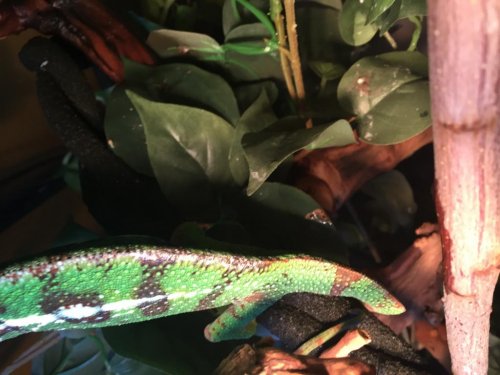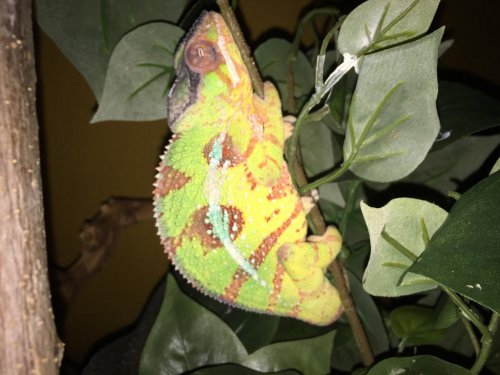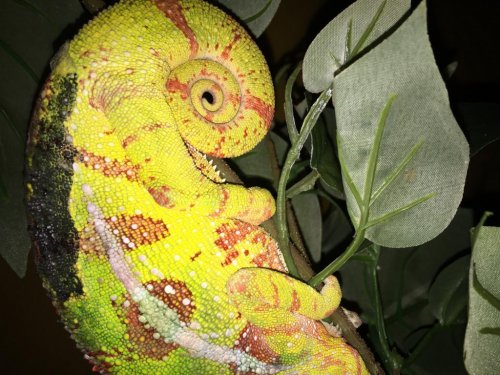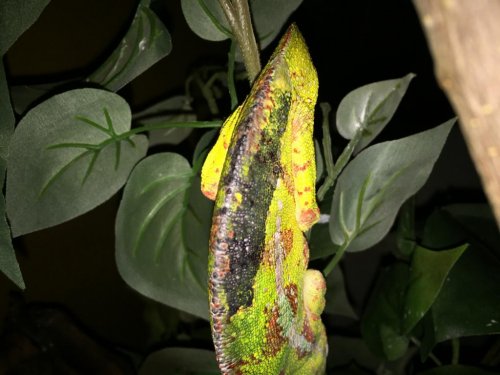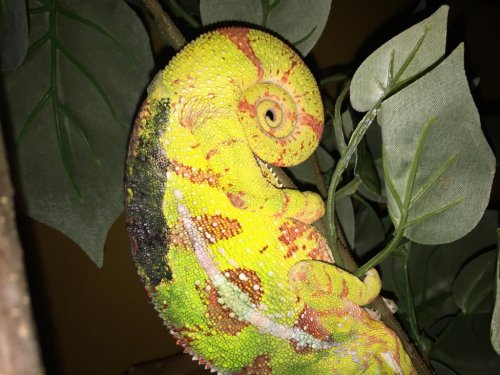zlew
Member
Hey all, I've been treating Treecko for a fungal skin infection and he was doing much better until today. The vet gave me chlorhexidine for me to dilute and use to clean it out, and afterwards she said to put any jock itch antifungal cream thinly on it. Today while I was cleaning some of his skin started to peel off kind of like a shed, so I stopped, and now he's asleep and the area is drastically different from the rest of his body. I'm including photos of normal sleeping colors, pre-treatment infection, and pics from today. I sent all of these to the vet, but won't get a response until tomorrow. What do you guys think? I have been doing the treatment for a few days now, and this is the first of any kind of bad reaction besides throwing hissy fits.
Thanks,
~Z
Thanks,
~Z

